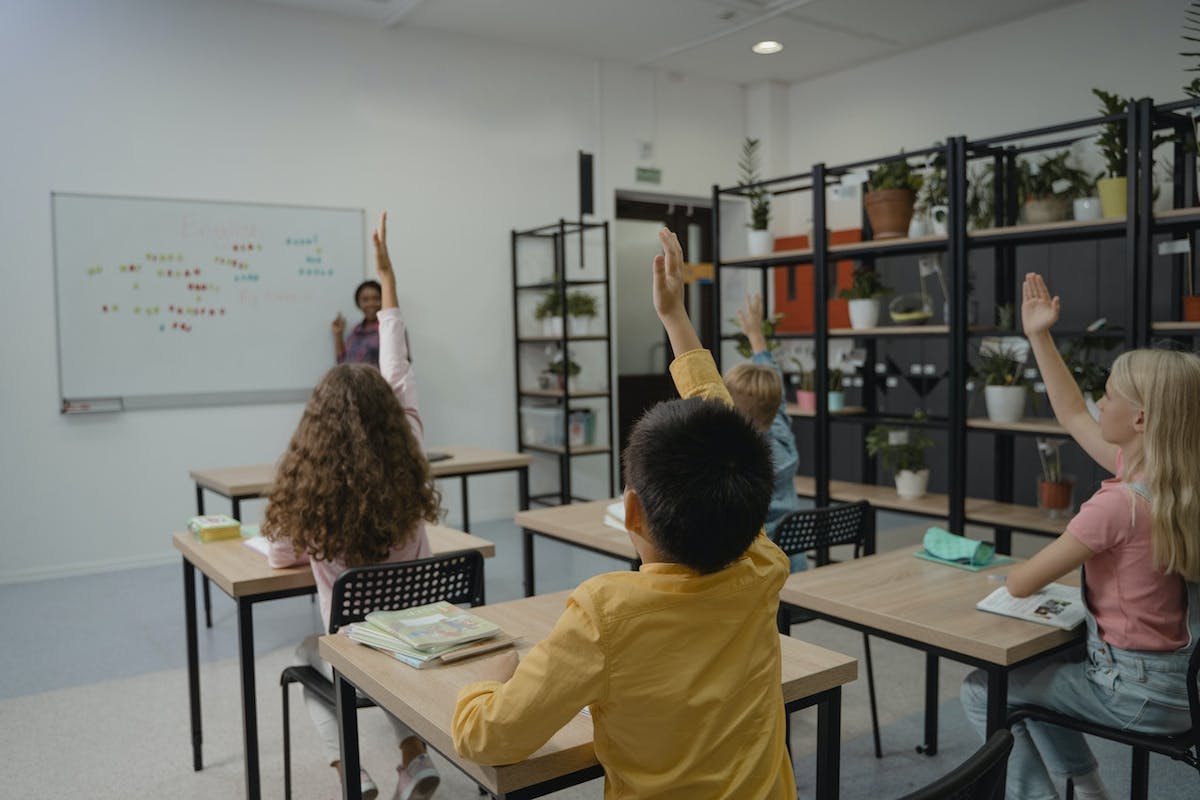Greater Support for Charter Schools Offers a Path for New York To Address Devastating Covid ‘Learning Loss’
The Empire State ranks among the bottom 20 states in this decline, despite having the most expensive public schools in the nation.

With New York students facing challenges in recovering from the pandemic’s impact on their education — especially among the lowest-performing students, who have not made significant progress in the past few years — charter schools are emerging as a way to turn these trends around.
Recent data indicate that charter schools in New York are effectively addressing this issue and are ranked among the best in the country.
An education researcher and writer, Chad Aldeman, recently analyzed the recent National Assessment of Educational Progress reading tests for 4th graders and found out that, except for Mississippi, all states are experiencing declining scores among the lowest 10 percent of students.
“There are two ways for a gap to grow,” Mr. Aldeman writes. “The top can pull away, or the bottom can fall out. Here in the United States, the key problem is that the bottom is falling, and the changes are not small.”
New York ranks among the bottom 20 states in this decline, despite having the most expensive public schools in the nation.
This trend has also been confirmed by a senior fellow at the American Enterprise Institute, Mark Schneider, who stated “One pattern evident in NAEP 2024, also seen in 2022, is that the lowest performing students are falling further behind.”
Since 2021, the federal government has provided over $350 billion to cities and states through the American Rescue Plan. New York received more than $24 billion, of which $7.66 billion was earmarked for education stimulus funds. Although nearly $1 billion of these funds has been categorized as “ARPA for Learning Loss,” they have been utilized for a variety of purposes.
According to the New York City comptroller’s website, checkbooknyc.com, almost 60 percent ($544 million) of the learning loss expenditures went toward payroll expenses, while 13.5 percent ($125 million) was spent on supplies and materials.
These are regular expenses that every school district incurs, presumably intended to provide additional support for students to catch up on their learning.
The remaining 27 percent ($250 million) consists of a mix of potentially valuable, questionable, and low-impact expenses, including contracts for art classes, social-emotional learning programs, pizza, bagels, and even capoeira.
Regardless of the merit of these expenditures, one thing is clear: they did not yield significant results for New York City students.
The good news is that we have clear data on how to effectively support the lowest-performing students: through charter schools. An analysis by the director of the Arizona Center for Student Opportunity, Matthew Ladner, indicates that New York charter schools excel in helping low-income students achieve “Basic or Better” scores in 8th grade math on the NAEP.
While only 39 percent of low-income students in New York district schools achieve this benchmark, 64 percent do so in charter schools — making it the highest percentage in the country. Unfortunately, we lack sufficient data to conduct a similar analysis for reading.
The NAEP data confirms what researchers from Stanford University found in the 2023 Credo study: New York charter schools are among the highest performing schools in the country and offer the equivalent of 64 additional days of math instruction compared with traditional public schools.
New York not only caps new charter schools but also denies rent assistance to charter schools with nearly 24,000 students. As a result, 75 charter schools in the city must cover their rent from the per-pupil funding they receive. These schools were established before the 2014 law that mandated the district offer co-locations or rental assistance to new charter schools.
According to the New York Charter School Center, providing this assistance would cost less than $30 million this year, and in five years, it would represent less than 0.3 percent of the State’s education budget. There is currently a bill in the New York Senate seeking to address this inequality.
We now have enough data showing that New York charter schools are effectively helping low-income students recover from learning loss.
If elected officials want to support the most vulnerable students in our city, particularly those who have been significantly affected by Covid-19, they should prioritize funding for charter schools.

